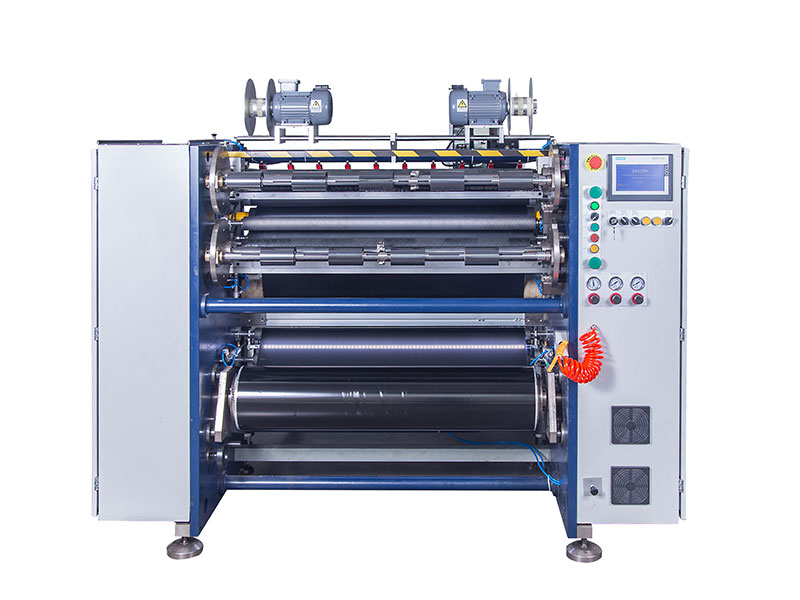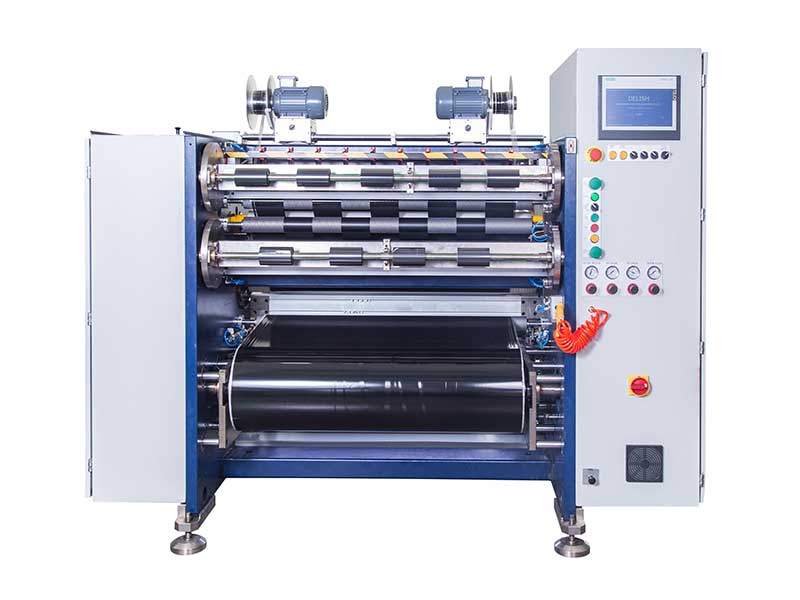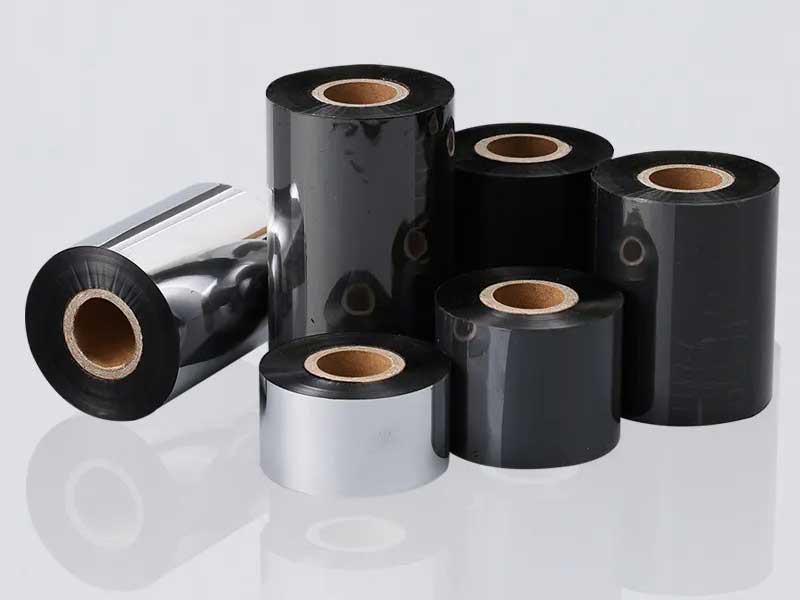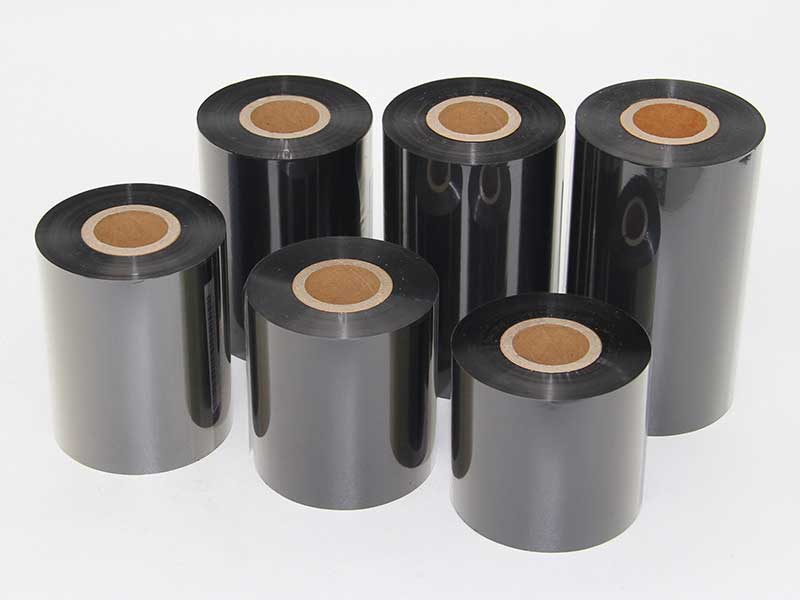I understand your concerns when purchasing ribbon slitting machines, and choosing the wrong equipment will indeed bring a series of headaches such as low production efficiency, huge losses, and unstable product quality. A thorough "pit avoidance guide" is essential.
The following is a summary of the core parameters and key considerations that must not be ignored when purchasing a ribbon slitting machine to help you make an informed decision.

1. Core hardware parameters: determine the "basic skills" of the machine
These are hard indicators that directly determine what a machine can and cannot do.
1. Maximum unwinding/rewinding diameter
◦ Pitpoint avoidance: This parameter determines how much raw material (large ribbon) the machine can process at one time and how large the finished roll can be cut into in the end. If the diameter is too small to handle the large coil raw materials you purchase, you will need to change the material frequently, which is extremely inefficient.
◦ Recommendation: Determined based on the size of the large roll provided by your upstream supplier and the size of the finished roll required by your downstream customer. Generally, unwinding diameter ≥ 600mm is the basic requirement for medium and above production capacity.
2. Slitting width range
◦ Pit-avoidance point: the widest and narrowest size that the machine can slit. If you need to slitter multiple sizes (e.g. from 5 mm to 120 mm) and the machine range is too narrow, you will need to commission or even buy multiple machines, which is extremely uneconomical.
◦ Recommendation: Clarify all the current and future carbon band width specifications that you may be involved in, and choose models with a slightly larger range to allow room for development.
3. Slitting speed (maximum line speed)
◦ Pitfalls: Directly affect production efficiency. too low speed will become a bottleneck in production capacity; However, the blind pursuit of ultra-high speed can also lead to reduced equipment stability and inflated prices.
◦ Recommendation: Combine your average daily/monthly capacity requirements. The mainstream economic equipment is 100-300 m/min, and the high-speed and high-precision equipment can reach more than 400 m/min. Stability is more important than top speed, and focus on running smoothly at your usual speed.
4. Slitting accuracy (static/dynamic error)
◦ Pit-avoidance point: This is one of the core indicators, which directly determines whether the edges of the slitted ribbon are neat and free of burrs. Poor accuracy will lead to ribbon deviation, wrinkling, and even fracture during printing, resulting in serious waste.
◦ Recommendation: Be sure to ask the manufacturer about the accuracy standard, usually expressed as "±0.1mm" or "±0.05mm". Dynamic accuracy (accuracy in operation) is more important than static accuracy. Manufacturers are required to provide third-party test reports or on-site test samples.
5. Correction system
◦ Pit-avoidance point: Ribbon substrates (especially thin films) will inevitably produce small deviations during high-speed operation, and the slitting quality cannot be guaranteed without a guidance correction system.
◦ Recommendation: It must be equipped with a high-precision correction system (such as CCD photoelectric correction or ultrasonic correction). Learn about correction accuracy and responsiveness. CCD is suitable for transparent/translucent materials, and ultrasonic is suitable for opaque materials.

2. Key systems and functions: determine whether it is "good to use" and "durable"
These are soft powers that affect the long-term use experience, cost, and difficulty of maintenance.
1. Tension control system
◦ Pit-avoidance point: The "soul" of the slitter. Unstable tension control can lead to over-tightness (tensile deformation, broken belt) or over-loosening (coil slack, slipping, uneven end face).
◦ Recommendation: Choose a fully automatic closed-loop tension control system. It can monitor and adjust the tension of multiple links such as unwinding, traction, and winding in real time, ensuring that the tension of the entire slitting process from large to small is constant. Inquire about the control mode (magnetic powder clutch, servo motor torque control, etc.) and tension adjustment range.
2. Winding method
◦ Pit-avoidance point: Different winding methods affect the flatness of the end face and applicable scenarios.
◦ Center winding: directly driven by the winding shaft, simple structure, suitable for general requirements.
◦ Surface winding: The paper roll is driven by friction rollers, which can effectively eliminate tension fluctuations, and the end face is neater, which is more suitable for high-speed slitting and soft materials.
◦ Recommendation: For high-end ribbons, especially thin and soft membranes, prefer models with surface winding or center/surface switching.
3. Tool holder system (slitting method)
◦ Pit-avoidance point: The quality and form of the slitting knife determine the quality of the cut and the life of the tool.
◦ Flat cutter: suitable for slitting thinner materials at low cost.
◦ Circular Knife: Better for high-speed slitting and thicker materials, with a longer lifespan and smoother cuts.
◦ Recommendation: Know whether the material of the blade (such as high-speed steel, tungsten steel, ceramic) is easy to replace and adjust. The pneumatic tool lifting function can automatically separate the blade when the machine is stopped, protecting the knife edge and material, which is a very practical function.
4. Human-computer interaction and automation
◦ Pitfalls: Equipment with complex operation and difficult parameter setting will increase employee training costs and the risk of misoperation.
◦ Recommendation: Choose a device equipped with a large touch screen PLC control system. Preset parameter formulas, one-click specification change, production data statistics, fault diagnosis and other functions can greatly improve the convenience of operation and production efficiency.

3. Materials, design and service: hidden "value points"
1. Manufacturing materials and processes
◦ Pit-avoidance point: The rigidity of the fuselage structure is insufficient, which will cause vibration during high-speed operation, which seriously affects the accuracy.
◦ Recommendation: Pay attention to whether the frame is made of high-quality steel or cast iron, and whether the machining accuracy and dynamic balance treatment of key components (such as spindles and rollers) are in place.
2. Brand and word-of-mouth
◦ Pitfalls: Niche or poor reputation of brands may not be guaranteed after sales.
◦ Suggestion: Multi-party investigation, refer to peer reviews. Big brands often have an advantage in technology maturity and after-sales service.
3. After-sales service and technical support
◦ Pitfall avoidance: Equipment must be maintained and debugged, if the manufacturer responds slowly, the loss of production will be huge for one day.
◦ Recommendation: This is the most important "insurance". Clear inquiry: How long is the warranty period? Is installation and commissioning training available? How long is the after-sales response time (such as 4 hours response, 24 hours door-to-door)? Are there always wearing parts?
Procurement action list (pit avoidance summary)
1. Clarify your needs: List the types of ribbons you mainly slit (wax-based, mixed-based, resin-based?). Width, length? ), production capacity requirements (average daily output), precision requirements.
2. Request a parameter sheet: Request a detailed technical parameter sheet from at least 3-5 suppliers and ask them one by one against the above points.
3. Request on-site test machine: "Procurement without watching the demonstration is a risk". Bring your own ribbon raw materials to the manufacturer or existing customers to see the operation with your own eyes, and check whether the slitted sample end face is neat and burr-free.
4. Checklist:
◦ Is the accuracy up to standard? (Test machine samples shall prevail)
◦ Is the tension control smooth? (Observe whether there is any fluctuation when switching between large and small volumes)
◦ Is the guiding system sensitive? (Artificially nudge the material to see if it can be quickly corrected)
◦ Is it easy to operate? (Let your employees try the feel)
◦ Are the after-sales service terms clear and unambiguous? (written in the contract)
I hope this detailed guide can help you clear the fog, avoid pitfalls, and choose a satisfactory, efficient and stable ribbon slitting machine to create greater value for your business!

Finding the reliable way to industrial ribbon slitting machines is a comprehensive practice of precision engineering, intelligent control and system optimization.
02. January, 2026
By mastering these three forces, you will master the weapon to cut out a brilliant future in the fierce competition.
02. January, 2026
A high-quality ribbon slitting machine must achieve a precise balance in multiple technical dimensions to achieve excellent performance of "stable and non-cassette".
02. January, 2026
it uses precise cutting to cut out a more economical, more efficient and more environmentally friendly development path for enterprises.
29. December, 2025
Modern high-quality ribbon slitting machine combines automation, intelligence and high precision:
29. December, 2025